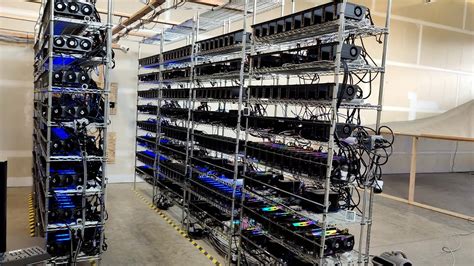Bitcoin Mining on the Tor Network: A Guide
Dark web and cryptocurrency enthusiasts have long been fascinated by the potential of decentralized mining pools. While traditional mining rigs are still the norm, some individuals are experimenting with alternative approaches, including using the Tor network to mine cryptocurrencies like Bitcoin. In this article, we will explore whether it is possible to mine Bitcoin in a pool via the TOR network and provide instructions on how to configure the necessary tools.
What is the TOR network?
The Tor network (The Onion Router) is a decentralized system that allows users to browse the Internet anonymously by routing their traffic through multiple nodes. Each node encrypts and decrypts data, making it nearly impossible to trace the sender or recipient of communications. The Tor network is designed to be secure and private, but its use has raised concerns about surveillance, censorship, and online safety.
Can I mine Bitcoin on the TOR network?

Yes, you can mine Bitcoin using a pool on the TOR network, but it requires some extra effort and setup. Here’s what you need to know:
- Choose a cryptocurrency pool: Choose a reputable Bitcoin mining pool that supports the cryptocurrencies you want. Popular options include Slush Pool, F2Pool, and Antpool.
- Get a Tor-enabled miner: You’ll need a specialized device called a “Tor miner” or “TOR miner” (more on that below). These devices are designed specifically for the TOR network and can be purchased online from various marketplaces.
- Configure your pool settings:
To set up your pool, you’ll need to configure the following:
- Pool ID: Enter a unique pool identifier, which is usually a combination of your Bitcoin address and the pool name.
- Server URL: Enter the Tor network server that will handle your mining requests.
- Mining Parameters: Configure any additional settings, such as block reward and difficulty adjustment.
Tor Miners: What are they?
A TOR miner is a specialized device designed to mine cryptocurrencies on the TOR network. These devices typically consist of:
- CPU or GPU: A powerful processor or graphics card that can handle the mining process.
- RAM: Additional RAM to store data and perform calculations.
- Power: A suitable power supply (PSU) to keep your device running.
Configure Your TOR Miner
Once you have your TOR miner, follow these steps:
- Download and install any necessary software, such as the Tor browser or a mining client (e.g. BitFury’s Minergate).
- Set the mining parameters according to your pool’s requirements.
- Connect to the Tor network server using the Tor browser.
- Launch your chosen mining client and start mining.
Challenges and Considerations
Mining on the TOR network comes with several challenges:
- Security Risks: The TOR network can be vulnerable to hacking and malware attacks, as users often unknowingly connect to unknown nodes.
- Communication Overhead:
Data transfer over the TOR network is slower than traditional networks due to the overhead of encryption.
- Resource-intensive: Mining requires significant computing resources, which can lead to power consumption issues.
Conclusion
Mining Bitcoin on the TOR network is theoretically possible, but it is essential to consider the challenges and risks involved. While some individuals have successfully set up and mined cryptocurrencies on the TOR network, this method comes with a higher level of complexity and security concerns.
Before attempting to mine on the TOR network, make sure to:
- Research reputable cryptocurrency pools and TOR miners.
- Understand the potential risks and consequences.
- Take the necessary precautions to secure your device and data.
